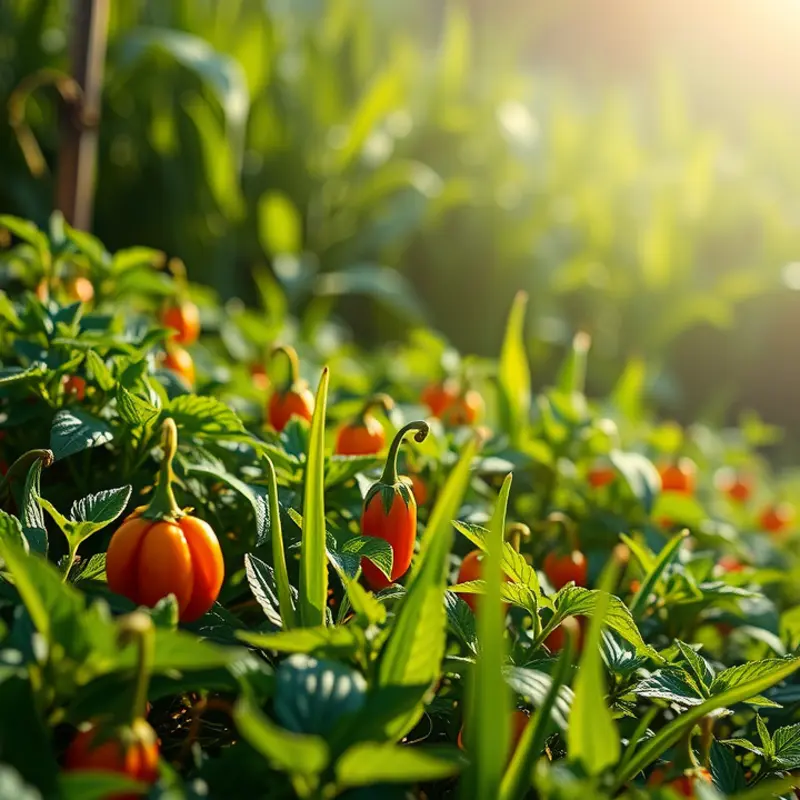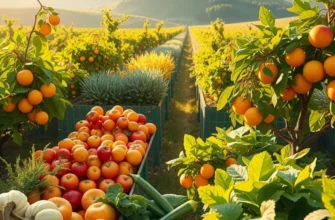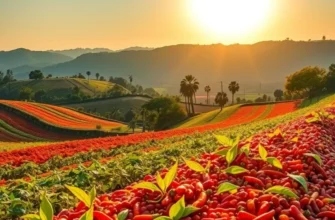Explore the rich tapestry of global culinary traditions that have shaped cultures and sparked creativity in kitchens. From the evolution of ancient recipes to cutting-edge innovations, the world of food is an ongoing adventure. This journey not only tantalizes the taste buds but also invites us to delve into the heart of diverse communities, revealing their stories and traditions through the lens of what they eat.
The Spice Route: A Journey Through Flavors

The Spice Route was a network of sea and land trade routes that connected the East with the West. It played a pivotal role in shaping global cuisine, merging flavors and cooking traditions from vastly different cultures. Spices were treasured not only for their ability to enhance flavors, but also for their preservative qualities and medicinal properties. This blend of practical and sensory qualities made spices a crucial element in historical trade and cultural exchange.
The spice quest began with the ancient trade in aromatic commodities, such as saffron, which was prized by Middle Eastern cultures for its golden hue and distinct flavor. Saffron’s culinary applications are evident in dishes like Persian tahdig and Spanish paella, where its distinct notes elevate flavors to new heights. The world’s fascination with spices even sparked infamous ocean voyages and expeditions. Columbus, during his search for a new route to India, encountered chili peppers in the Americas, which revolutionized global palettes by introducing a new level of heat.
The influence of the Spice Route is evident in every corner of the culinary world. In Asia, ginger and cardamom find a place in both sweet and savory dishes, enhancing the umami and aromatic qualities of various preparations. The fragrant allure of Indian cuisine owes much to turmeric and cumin, while Southeast Asian dishes like Thai curry are celebrated for their rich use of lemongrass and galangal.
Similarly, European cooking evolved tremendously due to these exotic flavors. The introduction of black pepper from India profoundly impacted the culinary landscape, replacing more expensive spices like long pepper. Over time, vanilla beans from Mexico transformed desserts, while the delicate cinnamon became a staple in both pastries and savory dishes. These ingredients not only diversified European cuisine but also supported the economies of major trading nations.
The historical spice trade’s impact stretched beyond flavorings—it influenced agriculture and the development of farming techniques. Regions once barren were transformed into spice-producing powerhouses, creating vibrant economies in places like Zanzibar, known for its cloves. Trading centers blossomed into wealthy cities, fusing cultures and leading to unique culinary traditions. The synthesis of spices established taste profiles that are still cherished worldwide, such as the boldness of Moroccan tagines or the sweetness in Dutch speculaas.
For those interested in exploring how trade influenced cuisines further, a deep dive into the culinary influences of trade sheds light on this intriguing intersection of culture and gastronomy.
Ultimately, the Spice Route was a catalyst for unprecedented culinary discovery. It left an indelible mark on the world’s cuisines, blending cultural identities through shared flavors and recipes. This fragrant journey stands as a testament to the interconnected nature of human civilization, where the search for bold and exotic flavors continues to shape our collective culinary heritage.
Fermentation: The Ancient Art of Flavor

Fermentation is one of humanity’s oldest culinary practices, transforming simple ingredients through microbial action. This process not only preserves food but also enhances its nutritional profile and flavor complexity. Across the world, cultures have harnessed the power of fermentation, producing a variety of iconic dishes that stand as testaments to human ingenuity and cultural expression.
The fundamentals of fermentation lie in the conversion of carbohydrates into alcohol or organic acids by yeast or bacteria. This biochemical process leads to the creation of flavors unique to fermentative foods, such as the spicy boldness of kimchi, the pungent depth of sauerkraut, and the rich savoriness of miso. These foods don’t just delight the palate; they also offer significant health benefits. Fermented foods are packed with probiotics, which support gut health and contribute to the digestive system’s efficiency. Studies suggest that these benefits extend to boosting immune function and increasing the bioavailability of vitamins and minerals.
In Korea, kimchi is more than just a side dish; it’s a cultural icon. Made by fermenting napa cabbage with a mix of red pepper, garlic, ginger, and fish sauce, kimchi varies in flavor from region to region and household to household. The tradition of making kimchi, known as kimjang, is a communal event that reinforces family and community bonds through collaboration.
Germany takes pride in its sauerkraut, crafted by fermenting finely cut cabbage with lactic acid bacteria. Known for its digestive benefits, sauerkraut is a staple in German cuisine, often paired with sausages or added to hearty stews. Its invigorating tang and distinct flavor profile owe their depth to the meticulous fermentation process.
Fermentation techniques are not just confined to side dishes—this ancient art is pivotal in creating beverages like kombucha and kefir, which have gained a following for their health-enhancing properties. For those interested in exploring fermented foods as part of a healthy diet, understanding non-dairy probiotic options can be particularly beneficial. These beverage options are versatile, offering a refreshing alternative with similar probiotic benefits.
Culturally, the art of fermentation connects generations, offering a shared culinary heritage that transcends borders and time. It highlights how resourceful societies have utilized fermentation to not only preserve during scarcity but to develop flavors that express identity and tradition. From the fiery streets of Seoul to the hearty beer halls of Bavaria, fermentation continues to captivate the palate and nurture the spirit, making it a cornerstone of culinary exploration and cultural continuity.
Final words
The culinary world is a tapestry of rich traditions, vibrant flavors, and innovative techniques that reflect the essence of diverse cultures. Each celebrated dish carries within it stories of exploration, adaptation, and creativity, inviting food enthusiasts to not only taste but also understand the roots of what they consume. As we explore and appreciate these culinary discoveries, we find ourselves connected to artisans, farmers, and communities worldwide. This journey through flavors not only enhances our knowledge but also fosters a deeper appreciation for the cultural narratives that shape our meals today. Each flavor we savor breathes life into history and humanity.








